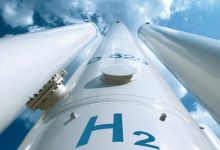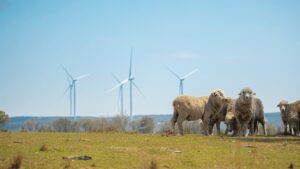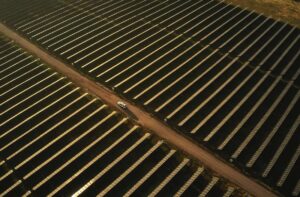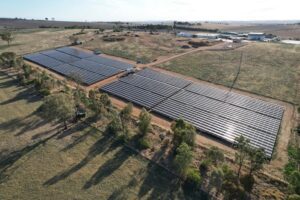West Australian gas network operator ATCO has unveiled its Clean Energy Hub that it hopes will demonstrate the potential of hydrogen gas to help supply the domestic market, as the WA Government announces the creation of a $10 million Renewable Hydrogen Fund.
The ATCO clean energy hub serves as a small-scale demonstration of how renewable energy can be used to generate electricity, and deliver zero-emissions renewable gas into homes, and has been established at the company’s Jandakot Operations Centre, south of Perth.
The $3.3 million hub includes a 300kW rooftop solar system, a 250kW battery energy storage system, and a 150kW electrolyser used to produce renewable hydrogen at the site.
The hub also includes a model home, allowing for the demonstration of the use of renewable hydrogen in household appliances, including using hydrogen for cooking on a gas stove.
Operators of Australian gas networks have faced combined pressures of rising gas prices and calls for energy supplies to move to zero emissions sources.
While electricity supplies can be easily shifted to renewable energy alternatives, the process is less straight forward when it comes to gas. Renewable fuels such as hydrogen can require modifications to gas network infrastructure and appliances, due to the different characteristics of hydrogen compared to natural gas.
With a growing trend towards the electrification of energy use, so that it can be shifted to renewables, operators of gas networks face a threat of diminishing utilisation of gas, unless an emissions-free alternative can be provided.
The ATCO Clean Energy Hub provides a demonstration of how hydrogen gas can be used to provide that alternative, which includes the ability to supplement the mains grid supply with a portion of hydrogen gas.
The project has been completed with support of ARENA, who provided a $1.66 million grant to help fund the completion of the hub.
The launch of the hub was welcomed by WA energy minister Bill Johnson, who was on hand to open the facility.
“Congratulations to ATCO and all its staff on developing this facility, I look forward to hearing the outcomes of the research undertaken here,” Johnson said.
“It is very encouraging to see industry investing in new technologies and aiding research for a cleaner, greener energy future in Western Australia.”
The launch was also welcomed by Energy Networks Australia, who has been a strong advocate for the development of a hydrogen gas industry, and has previously called for a RET style target to support the production of hydrogen gas.
There has been strong interest in expanding Western Australia’s hydrogen export capabilities, including plans to establish an 11GW solar and wind project in the state’s Pilbara region, to support the production of renewable gas.
“Projects like this demonstrate the potential hydrogen gas has as a clean energy source for our homes, businesses and transport,” Energy Network Australia’s CEO Andrew Dillon said.
The WA Government has also launched a $10 million Renewable Hydrogen Fund, and a new Renewable Hydrogen Strategy, to further support the development of the state’s hydrogen production capacity, with an eye to targeting the growing hydrogen export market.
The WA Government sees four high potential areas for renewable gas, including the export market, the use of hydrogen as a transport fuel, the blending of hydrogen in the mains gas network and for industrial use in remote locations.
“As the world moves to a lower carbon future, our Renewable Hydrogen Strategy will put WA at the forefront of what will be a major new global energy industry,” WA regional development minister Alannah MacTiernan said.
“This strategy builds on WA’s renewables potential and global reputation as a leading exporter to position Western Australia as a key player in the future energy mix.”
“Hydrogen is a means to export our world-class solar and wind resources, helping our international trading partners to meet their emissions reduction goals, as well as supporting our industries to transition to a lower carbon future and driving a new job-creating industry for our State,” McTiernan added.
With ample access to renewable energy resources and close proximity to the Asian energy market, Australia is well placed to take advantage of an emerging hydrogen energy industry.
Both Japan and South Korea, historically large customers of Australian LNG exports, are investing heavily in hydrogen technologies, with Japan aiming to power the bulk of the 2020 Tokyo Olympics with hydrogen fuel.
Researchers from the CSIRO, the ANU and Monash University recently told a briefing of Australia’s potential to dominate a future hydrogen export market worth tens of billions of dollars, and a $30 billion proposal for a huge 15GW wind and solar complex in the Pilbara is also looking at green hydrogen exports.









